Culturing Creativity: Blackout Poetry
On this Culturing Creativity episode we experimented with Blackout Poetry. We discussed what it is, how to create it and how we found the experience.

Episode Summary:
What is blackout poetry?
Sarah: Blackout poetry is a type of found poetry that is created by taking pieces of text from another work – book, newspaper, magazine. These bits of text are then used to create your own poem. Usually, you take a piece of writing and blackout the words you don’t want, leaving your chosen words visible. We thought we would give blackout poetry a go today.
Ashley: Basically blackout poetry is a treasure hunt for words. Blakcout poetry is supposed to encrouge the creator to look more deeply into already written pieces of text to discover new stories or messages. Basically, we are taking an already existing story and turning into a more visual, new one. Blackout poetry is, interestingly, said to be really low pressure writing exercise that can result in really surprisingly interesting and appealing art.
Sarah: How to create blackout poetry: My husband supplied me with a sheet of instructions which really helped considering I haven’t done it for a few years! The instructions I had were as follows:
1) Using a pencil, circle interesting words or phrases
2) Next, look for words to link you’re the words and phrases you circled. Without using the story already in the text, try to create a series of images that tell a new story.
3) Less is more. Don’t create sentences. Only use words necessary to create an image.
4) Once you have your poem, use a Sharpie to black out the remaining text.
Have we tried blackout poetry before/heard of it before?
Ashley: I have never tried it, but it seemed like a really fun exercise. But I did hear about it in one of the books I reviewed for our talking shop episodes.
Sarah: I have, a few years ago my husband and I really got into it. Though, I’m definitely out of practice! Some of my older ones are probably better, but I still stuck with the exercise because I wanted it fresh in my mind and to see what I could create.
We created two poems from different articles. What are our poems, and how did we find the exercise.
Ashley:
Poem 1: from Mood Busting Colours to inspire and invigorate
Encourage joy and happiness;
Colours.
Makes us happier.
Joy the way you react to the colours around you.
Bleeding pink and apricot,
Greens always serene.
Blush and green make perfect partners.
Empower us, provide a sense of hope.
Pink, always evoking hopefulness.
Deep blues securing us in their night.
Colours create soulful energy.
Poem 2: from Outrage: Parliament’s closure hits freedom. Prime Minister Jacinda Ardern was forced to reopen parliament.
Outrage, freedom, times of uncertainty,
A double-edged sword.
Shut. Closed. Excuses.
Their first priority,
Freedom of speech.
Mistakes, excuses, questions.
What do you think?
At first, I found this exercise difficult. But once I got the hang of it, it was pretty fun. Since you only have the words you are given, it make you really have to think and try and find some other meaning in these fairly dry newspaper articles.
Sarah: For both of mine I used pages from books that Dan had photocopied a while back. The first one is from a child’s book by the name of Joey Becomes a Man by Kevin Sylvester. Unfortunately I accidentally nearly blacked out a word that I wanted to use, so you do have to be careful!
Pretend Government
He voted for himself
Wearing his father’s old sweatbands,
I saw him become a man
He gave me the shakes
The bee stung
Everybody in major agony
He was a rat. He was a man.
The second one was from an adult book called Neil Flambé and the Aztec Abduction by Jerry Spinelli.
The smell grew
Dusty and dirty
Something, or someone
Dragged across the floor
The faintest trace of lavender perfume
Signs of blood
Menacing
He stopped, right by the door
Trapped.
Do we think this type of poetry helps with creativity?
Ashley: I do think there is some value doing this exercise. Mostly, I surprised myself with what I created. I honestly think I do my best poetry when I’m randomly generating them based on these exercises! This exercise was a lot of fun, and did make me search for deeper meaning in the articles I was analysing.
Sarah: Definitely, it really forces you to think about word combinations, but you have limited choices and have to decide what to do with them. I did mine very quickly, and so as I said they’re not my best work. If I had to do them again I’d probably try to focus on the imagery a little more—especially when working with pages from a story it can be hard to get past the story and forge your own path out of the words that are presented to you. I think this thing could be quite a good exercise to do on a consistent basis to help grow your vocabulary and think about how different something can be when the words are put together in another way. It helps you to think outside of the box, and I do think it might even be useful to generate story ideas.









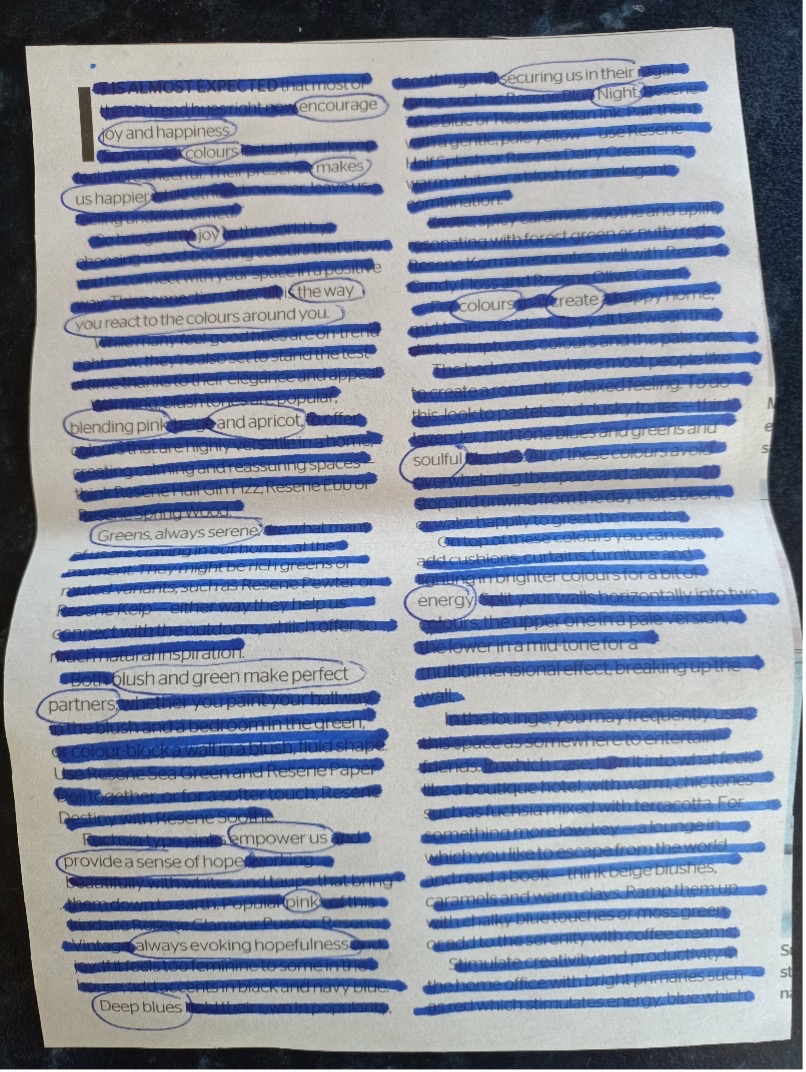
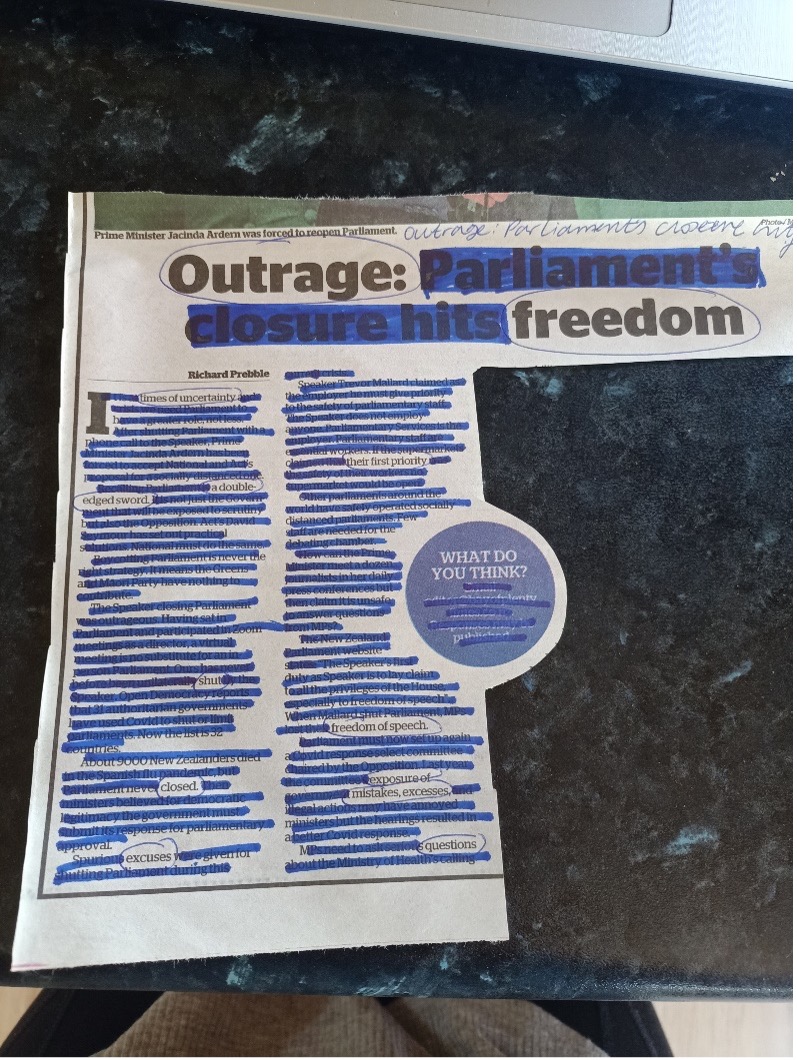
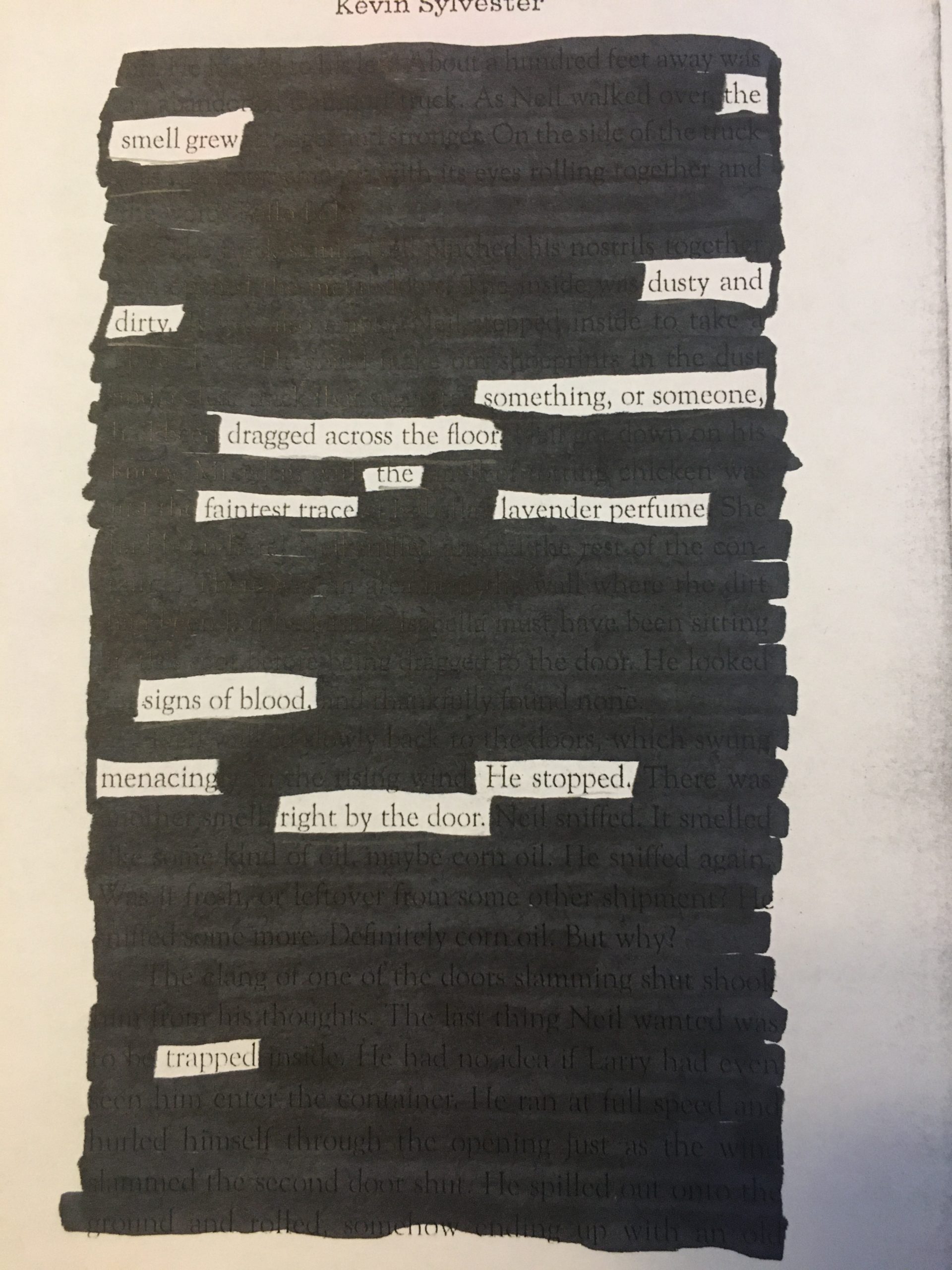
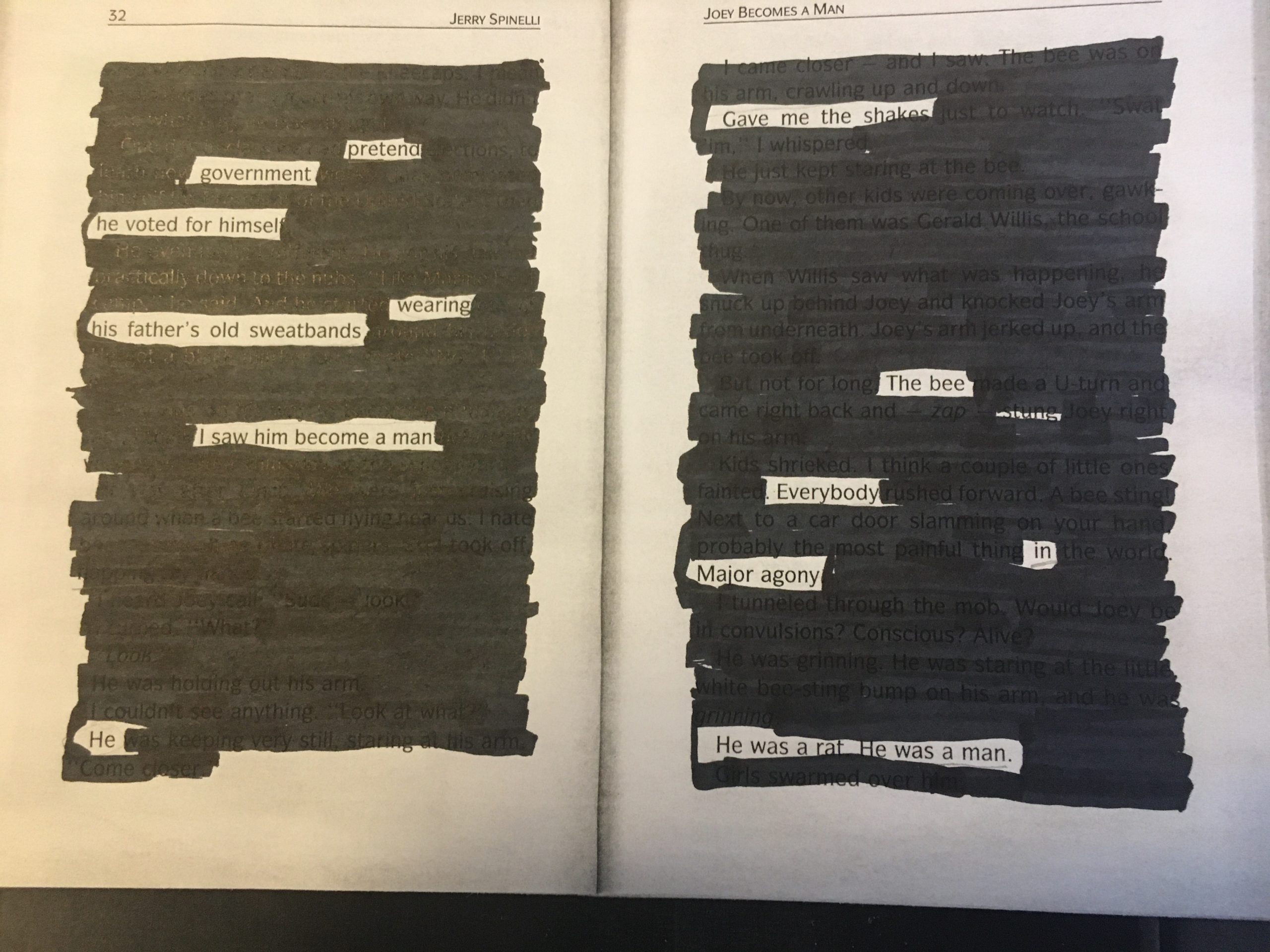
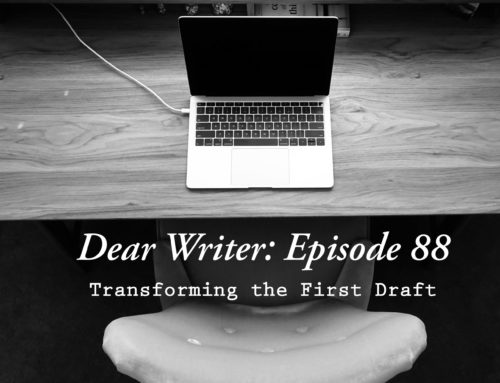
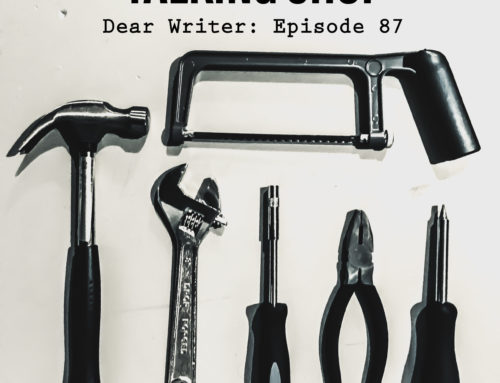

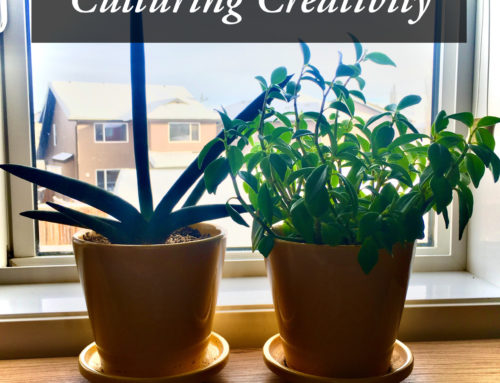

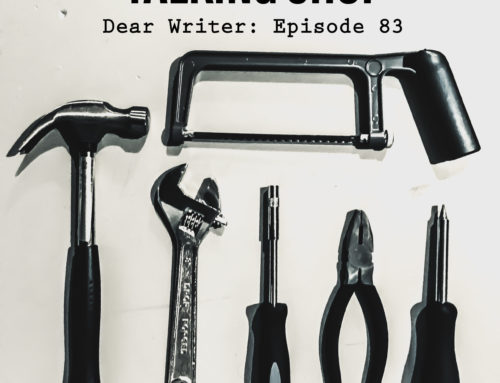


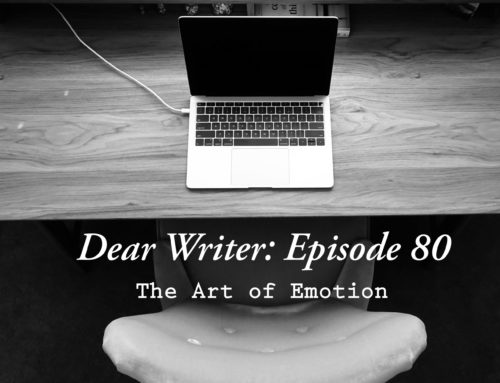
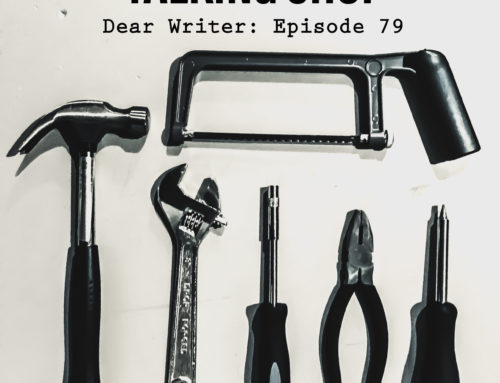
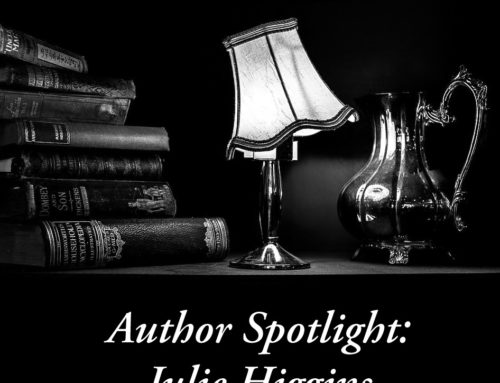
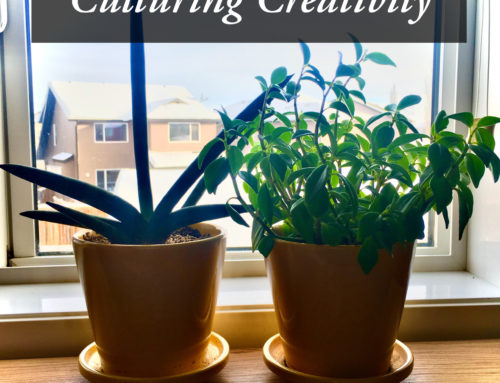
Leave A Comment